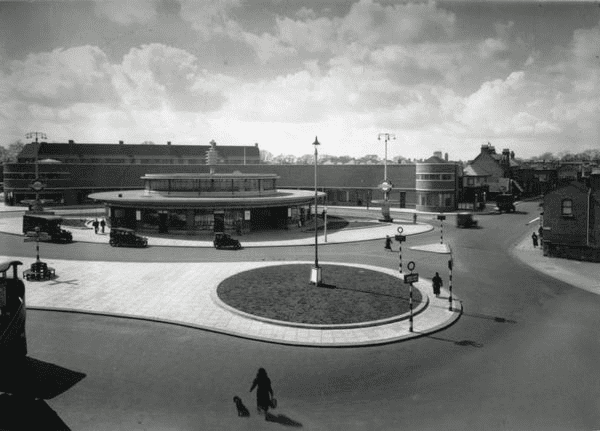The underground is one of the most important means of transportation in almost every country of the world. Firstly, the fare is affordable for a large percentage of the population. Secondly, most people prefer the underground because they don’t want to waste time in constant traffic jams. Londoners face this problem every day. The city is highly developed and attracts a lot of people from different parts of the world. So, using such public transport, you will certainly get to your destination on time. What is the history of the London underground and what are the secrets of the city’s underground world? Learn more at london-future.
Prerequisites for the underground creation
In general, the idea of creating an alternative means of transportation arose precisely because of the busy traffic on the roads, as well as certain difficulties with a public transport schedule. The first half of the 19th century was marked by the rapid development of almost all spheres of London life. The creation of various enterprises, companies, factories and other organisations resulted in the development of the labour market in the city. The capital of Great Britain became a destination for many people from different parts of the country and the world. Thus, various types of transport on the roads created traffic jams and the trains were overcrowded every day.
The first underground railway and its expansion
The creation of the London Underground was closely related to the emergence of street lighting, which was gas powered at that time. It would be too dangerous to build dark tunnels and use them for the transportation of people. Therefore, lighting was one of the main factors in the development of the underground. The history of its creation began with the construction of the world’s first underground railway in London in 1863. It featured steam locomotives pulling wooden carriages lit by gas. It significantly improved the situation with traffic jams on the roads and overcrowded trains. Therefore, the expansion of the underground took place at a fairly fast pace. Safe tunnelling technology was developed in 1870. However, the first tube line wasn’t practical until electricity and safe elevators were improved in the late 1880s. The first underground line with electric trains called the City and South London Railway was opened in London in 1890. All those events and processes led to the emergence of the Underground Electric Railways Company of London in 1902. Its activities contributed to the rapid electrification of the underground railway.
The further fate of the London Underground

From 1908, individual companies began to merge and work together. Thus, the city acquired many bright signs saying “UNDERGROUND”. The First World War somewhat halted its development. For some time, its functioning was completely stopped because people used the underground space as a shelter from bombings. However, after the end of the war, the underground flourished again. In the 1930s, new stations were built and they looked like works of architectural art. In 1933, all of London’s public transport became publicly owned, and thus, decisions could be fully coordinated for the first time. The Second World War dealt a new blow. Some underground lines weren’t fully restored afterward. It took a lot of time and improvements to make the London Underground the way it is today.